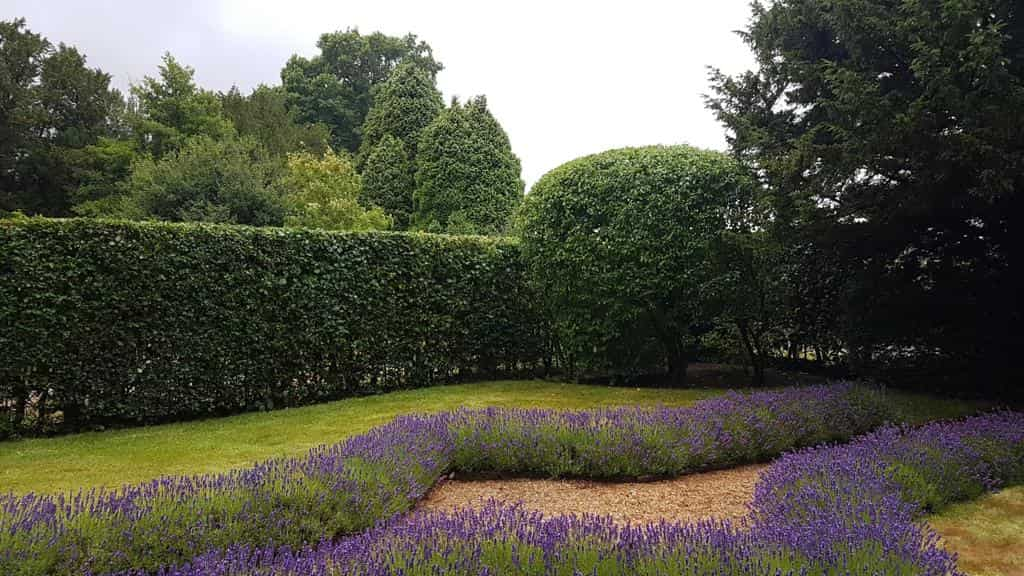Introduction
Tree cutting might seem straightforward to the untrained eye—saw, chop, done. But in reality, there’s a great deal of science, planning, and technique involved in making sure the process is both safe and precise. At Mildenhall Tree Surgeons, we know the difference between a job done and a job done properly. Whether trimming a few limbs or removing a towering oak, it’s not just about getting the tree down—it’s about protecting the surrounding area, preserving the tree’s health when appropriate, and ensuring the work is done to a professional standard.
This blog breaks down what truly defines effective, precise tree cutting—and why choosing experienced professionals matters more than ever.
1. Thorough Assessment Before Cutting
Every tree is unique in size, shape, condition, and surrounding environment. Before any cutting begins, a detailed assessment takes place. This allows the team to:
- Identify structural weaknesses in the tree
- Plan the direction of fall (for felling jobs)
- Locate any hazards such as overhead lines, nearby buildings, or public access
Precision starts before a saw is even started—it’s about foresight, preparation, and calculated action.
2. The Right Tools for the Right Job
Tree cutting isn’t one-size-fits-all. The equipment used varies greatly depending on the tree’s species, size, height, and health. Professional teams use an arsenal of purpose-built tools including:
- Chainsaws with various blade lengths for different cuts
- Pole saws and pruners for high branches
- Rigging ropes and pulleys to control the descent of cut sections
- Wood chippers to clear debris efficiently
Having the right tools isn’t just about efficiency—it’s about control and safety.
3. Sectional Dismantling When Needed
Precision tree cutting often involves sectional dismantling, especially in gardens, near buildings, or in tight urban spaces. Instead of felling the tree in one go, it’s taken down bit by bit—from the top down.
This technique helps:
- Avoid property damage
- Protect nearby landscaping
- Ensure each cut is measured and deliberate
For example, a mature conifer close to a conservatory wouldn’t be dropped in one piece—our team would dismantle it section by section, lowering parts with ropes to avoid any impact.
4. Knowledge of Tree Biology
It’s not enough to know how to cut—a professional must know where and how much to cut. Cutting too much too fast can shock a tree or cause imbalance, especially when pruning.
Professional knowledge ensures:
- Cuts are made at growth points to encourage healthy regrowth
- Diseased or weak limbs are removed without harming the tree’s structure
- Overall shape and natural form are maintained
This is especially important when crown thinning or reshaping for long-term aesthetics and health.
5. Risk Management and Control
Tree cutting involves working at height, handling sharp equipment, and dealing with unpredictable natural structures. Managing risk isn’t just protocol—it’s a mindset. Skilled tree surgeons:
- Maintain safe clear zones below and around the work area
- Use harnesses, helmets, and climbing systems
- Constantly communicate as a team during every phase of the job
This is what separates trained professionals from casual DIY attempts that too often end in mishap.
Conclusion
Safe and precise tree cutting isn’t luck—it’s experience, equipment, and expertise working in harmony. At Mildenhall Tree Surgeons, we’re proud to offer cutting services that are as much about protection and precision as they are about removing branches. Whether you’re managing overgrowth, clearing storm-damaged trees, or reshaping your garden, you deserve a team that works with skill and care.
Ready to ensure your tree work is handled properly? Contact us today to speak with our local Mildenhall experts and schedule your assessment.
Call us on: 01638 597 989
Click here to find out more about Mildenhall Tree Surgeons
Click here to complete our contact form and see how we can help with your tree care needs.

